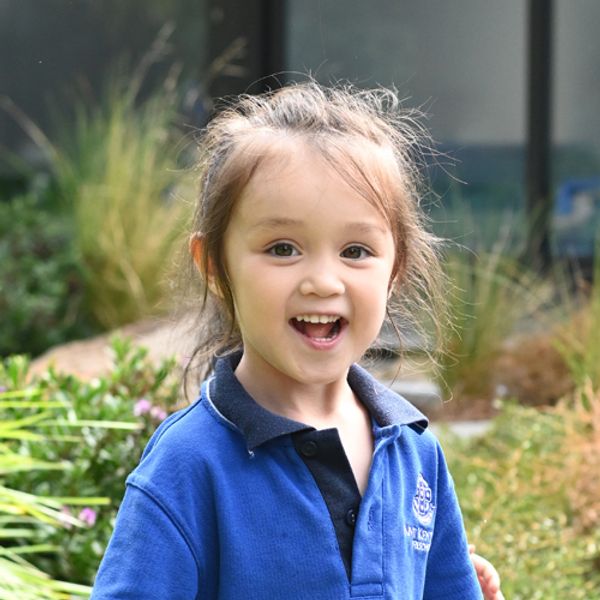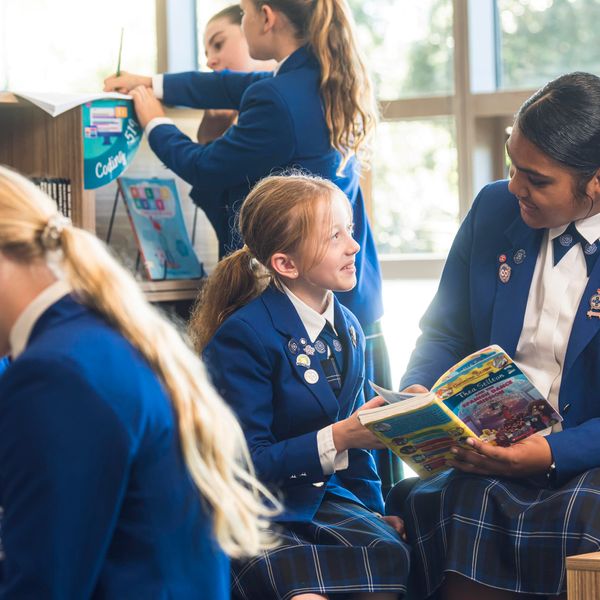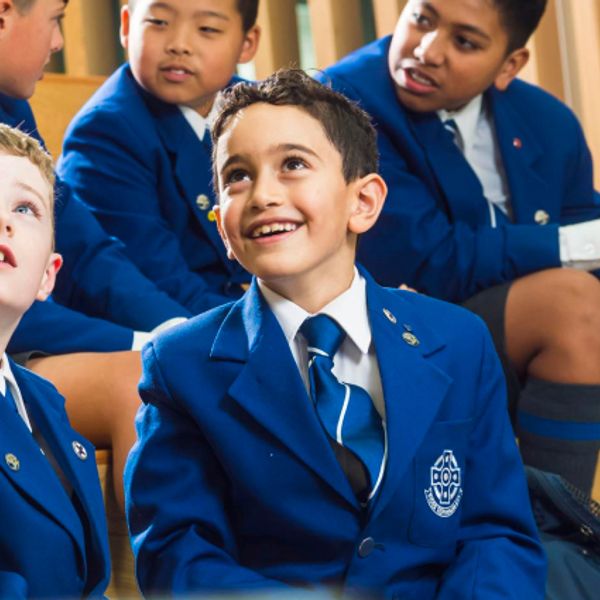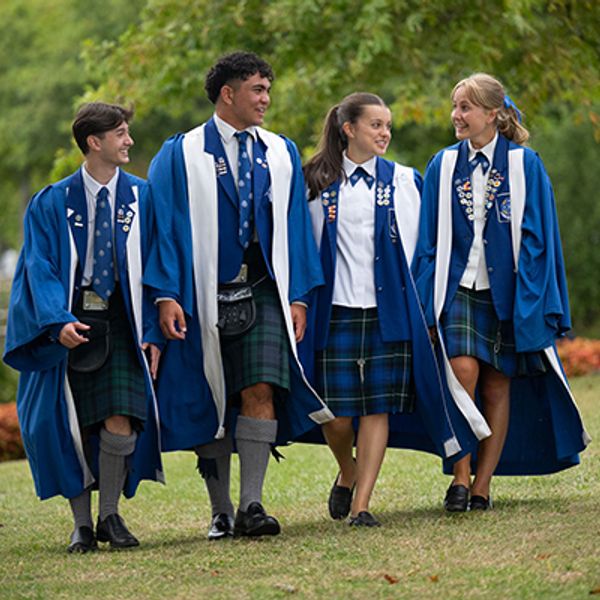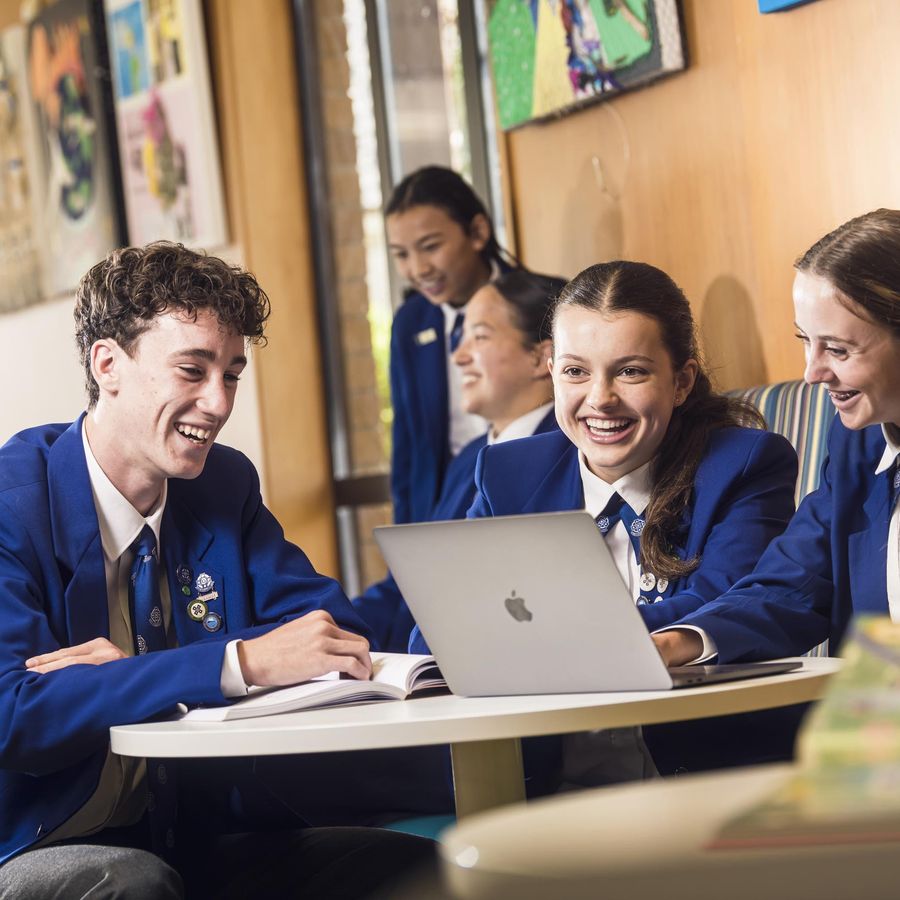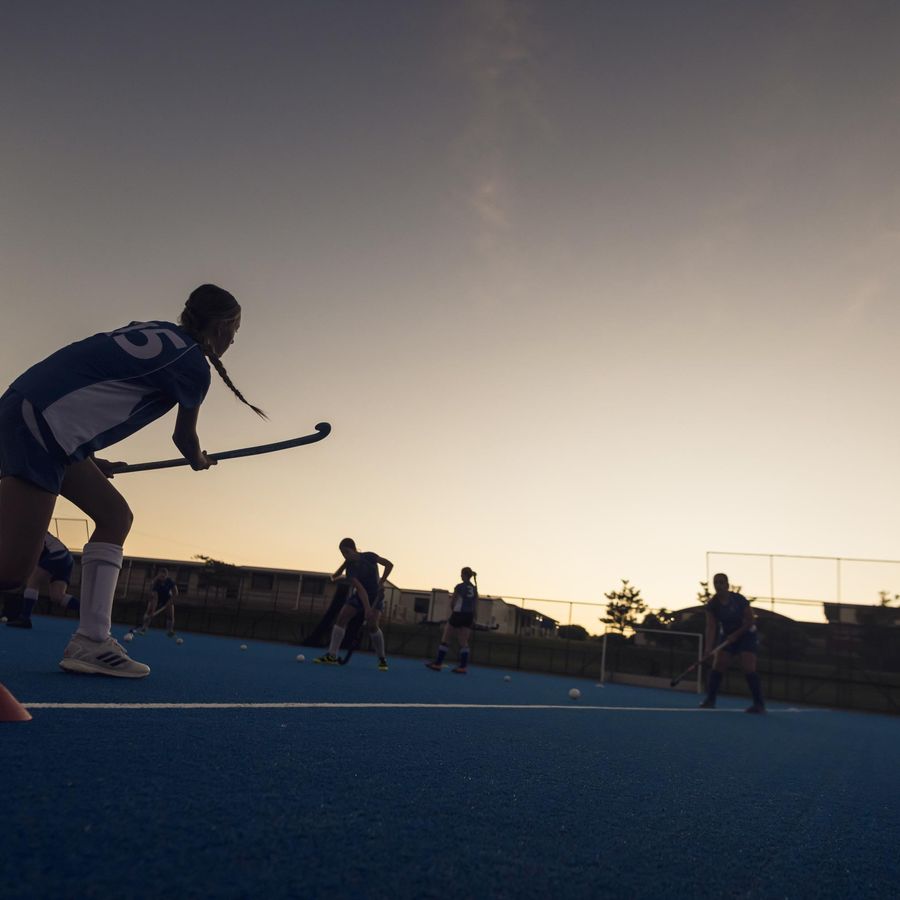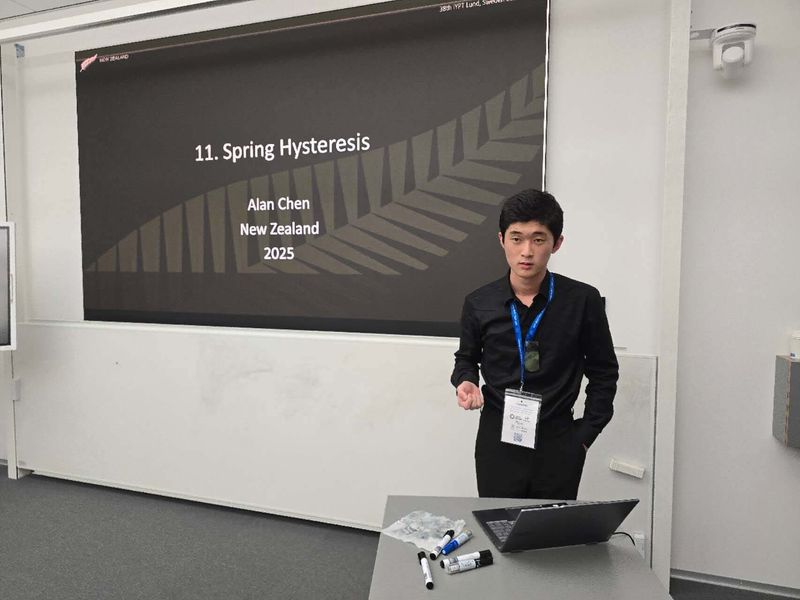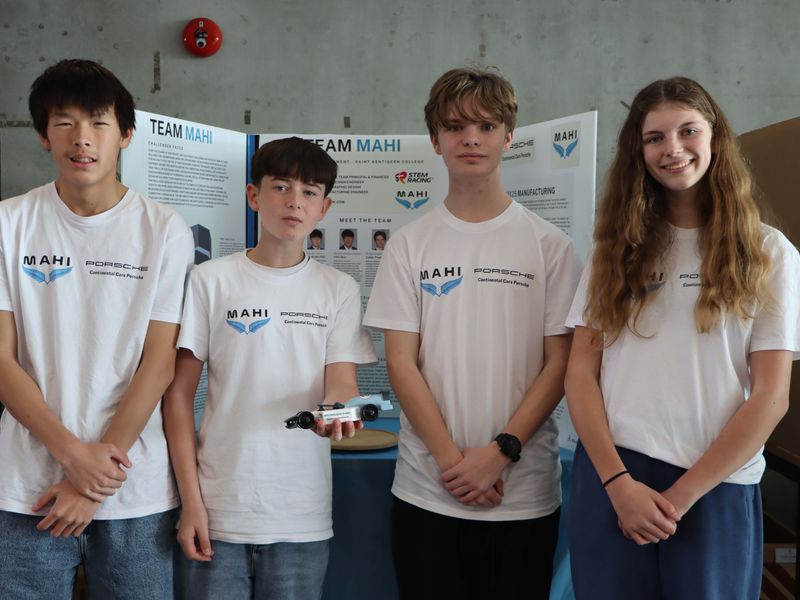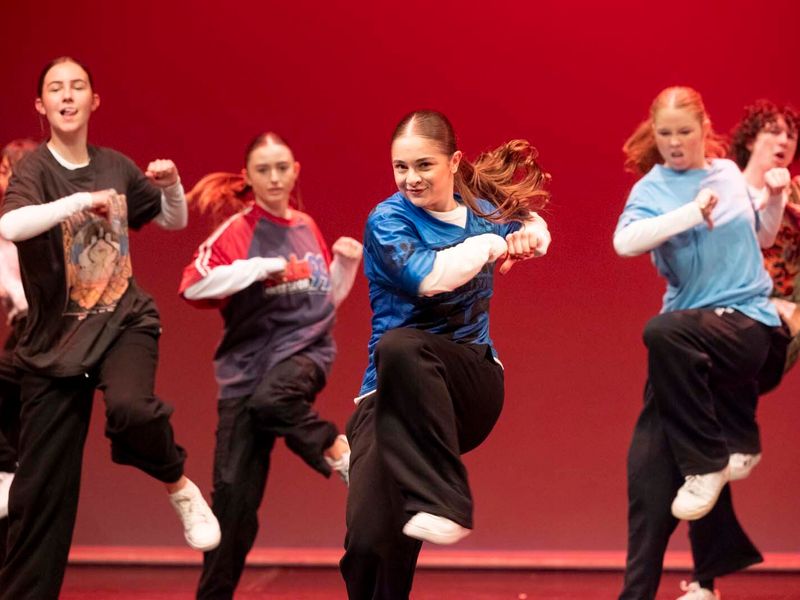
New Art Work for College MacFarlan Centre
New Art Work for College MacFarlan Centre
October 31, 2013 at 4:35 PM
Visitors to the College MacFarlan Centre will now be greeted by a new abstract art sculpture seemingly floating in the air above the main reception. Commissioned by the Saint Kentigern College Parents & Friends Association, the artwork is a part of the celebration of the College 60th Jubilee in 2013.
Fittingly the sculpture is titled ‘Air’ and the idea behind the concept is the pathways traced by the movement of a ribbon through air. It is an exploration of fluidity and organic movement inspired by one of the oldest forms of dance.
‘The sculpture was inspired by the ballet called ‘Red’ which had red ribbons floating around the ballerinas, so the original idea was to reproduce this effect,’ says the sculptor, Parnell-based Ray Haydon.
This graceful, continuous movement may be read as a metaphor for life paths, aspirations and journeys. It can also be seen as a representation of the College teaching and learning environment as the students are beginning and extending their journeys into the world.
The conception for the start of the piece came approximately two years ago, and from there Mr Haydon has spent time on how best to support the sculpture in the air. This has involved many hours creating macquettes, or small models, and also some quite large pieces to get the skills together to be able to produce that image.
‘I think the beauty of this piece is when you look at it, and as you walk around it there is no back or front, or top or bottom to it. As you circle it on the ground floor or as you come up to the mezzanine space, from every angle you look at it, it will look a different piece. You may even have your favourite looks,’ says Mr Haydon.
He says he hopes that when people look at it they will wonder how the sculpture is held up and this will attract them to it.
‘How the sculpture is hung is probably the most interesting part because it is held by very fine wire and each wire is set to an exact length, and this has taken quite some time to work out. If you look really closely at it you will see that there are 10-15 wires coming down from the metal cylinders on the ceiling of the building. As the wires come down from the cylinders these are then swaged onto the sculpture itself.’
The installation took a total of three days for the sculpture to be hung from its vantage point as the sculpture had to be pieced together stage by stage on site at the College. A complex system of pulleys and a cherry picker were used to hoist the piece up to the lofty ceiling.
The sculpture is one of three recent artwork additions to the MacFarlan Centre. The Saint Kentigern Trust Board provides an annual fund for purchases of art for the College, two of which are now hanging in the Middle School reception.
‘Le A’au Fou’ (New Reef Lagoon)
The painting ‘Le A’au Fou’ (New Reef Lagoon) is a work typical of the Samoan/New Zealand artist Fatu Feu’u who is often referred to as the ‘Grandfather of South Pacific Art’. He is a leading figure of contemporary Pacific art in New Zealand and is considered the first painter and printmaker to bridge the cultural traditions which exist in both Samoa and New Zealand.
In the artwork Feu’u incorporates characteristic motifs such as the four petalled frangipani flower, the frigate bird, ceremonial masks, lava lava design, sails and cross hatching patterns. The cross hatching refers to lashing techniques which are frequently used to bind wood and stones when building dwellings or boats. The blue and yellow lava lava shape embraces and brings together all people. The criss-cross frangipani patterns are symbols of a rebirth and building process.
Fatu Feu’u’s artwork is held in major galleries throughout New Zealand as well as the Brisbane Museum and Galleries in Europe. He was awarded the New Zealand Order of Merit for Services to Art in 2001.
‘Brass Rough’
Alexander Bartleet’s ‘Brass Rough’ comprises a selection of found objects, fragments and items reflecting the detritus of our contemporary existence. Bartleet states ‘I am attracted to things that subtly uncover evidence of their past, particularly items that have become blemished and worn over time.’
Bartleet has also drawn a 21st century line in the sand with his ‘time capsule artworks’ which could be seen as precursors to our archaeological future. The discarded items such as old toys, electronic components, old phones, keys, badges, labels and other remnants of life are proof of mankind’s flawed genius – positive yet enigmatic evidence of our current throwaway society.
The sum of the parts of the artwork ‘Brass Rough’has created significant meaning. Midas-like, the pieces have been transformed - not into gold – but immortalised into a brass metallised sculpture. The objects have now become a relic, morphing into a finely crafted yet arbitrary chunk of our past. Preserving, observing and learning about our past however are fundamentals that help us connect with our future.
Alex Bartleet is an Auckland based artist and has been a winner or finalist of several major New Zealand art awards.
